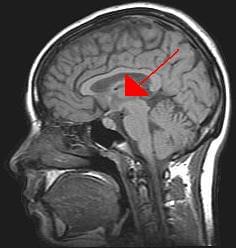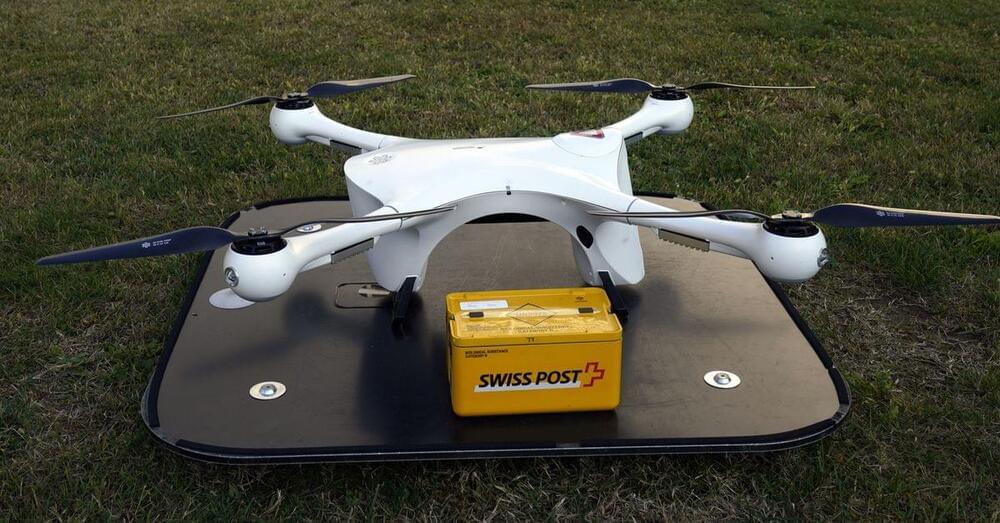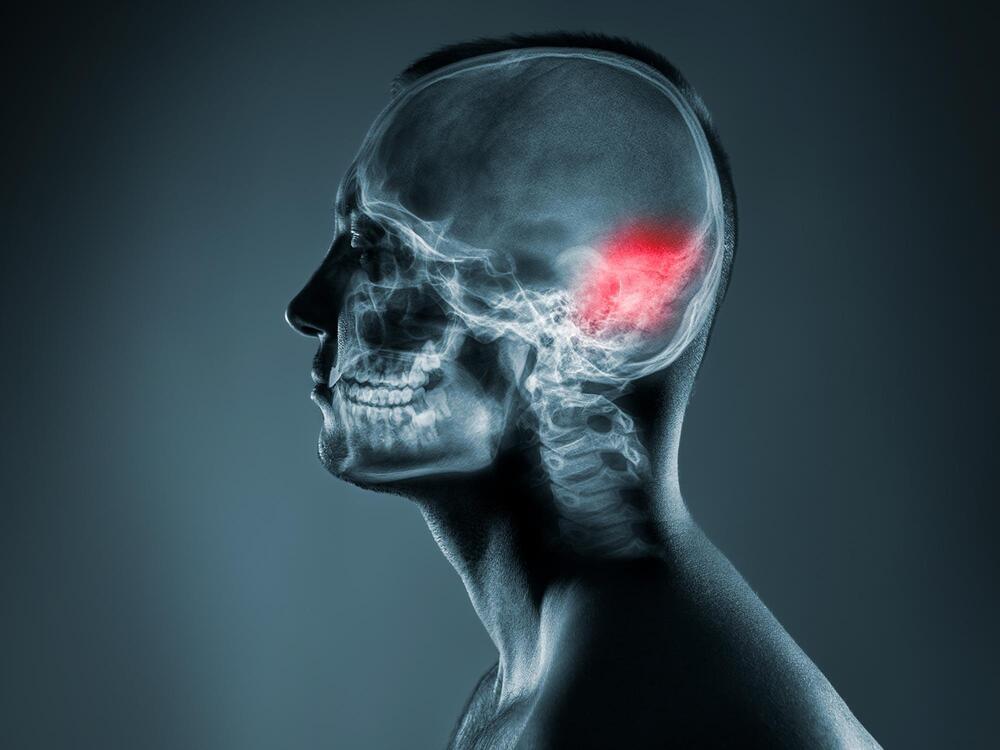Sep 13, 2022
This Canadian company wants to build a train-plane ‘hybrid’ that can go 620 miles per hour—take a look
Posted by Raphael Ramos in categories: Elon Musk, energy, transportation
Move over, Elon Musk and Richard Branson: A Canadian company wants to join the fight for better high-speed train travel.
Toronto-based TransPod recently unveiled plans for a “FluxJet,” a fully-electric transportation system that’s “a hybrid between an aircraft and a train.” The project, currently in the conceptual stage, would involve 82-foot-long, magnetically levitated trains that would carry passengers at roughly 621 miles per hour.




 Oscillations in the brain occur because of an interplay between two forces, such as stimulation and inhibition. This dynamic can either come from two different cortical layers or a cortical and subcortical layer. Feedback properties affect the oscillations by either continuing the give and take of the two forces or changing them in various ways. Even with no outside input, the brain creates spontaneous oscillations; a well-known example is the one, connected to the thalamus and cortex, that occurs during sleep. Currently, it is believed that these oscillations help to synthesize and filter the previous day’s memories. While these oscillations are associated with sleep, most other brain oscillations are not clearly correlated with mental states.
Oscillations in the brain occur because of an interplay between two forces, such as stimulation and inhibition. This dynamic can either come from two different cortical layers or a cortical and subcortical layer. Feedback properties affect the oscillations by either continuing the give and take of the two forces or changing them in various ways. Even with no outside input, the brain creates spontaneous oscillations; a well-known example is the one, connected to the thalamus and cortex, that occurs during sleep. Currently, it is believed that these oscillations help to synthesize and filter the previous day’s memories. While these oscillations are associated with sleep, most other brain oscillations are not clearly correlated with mental states.














